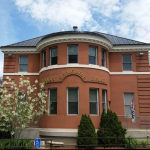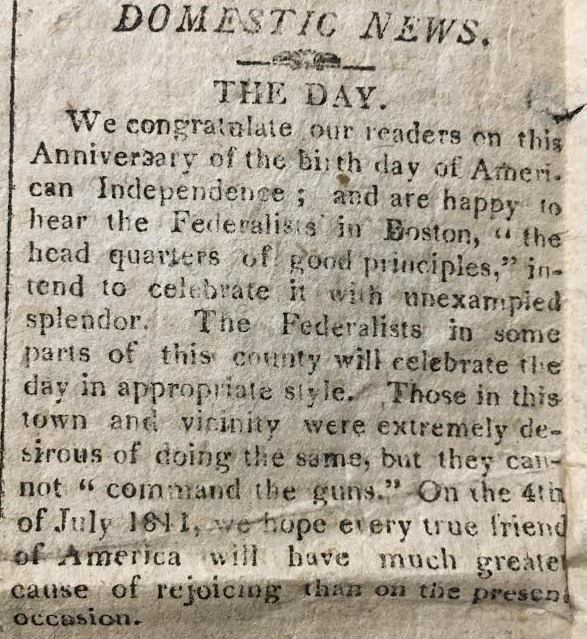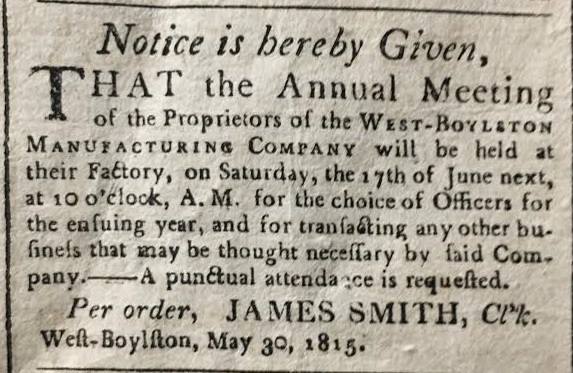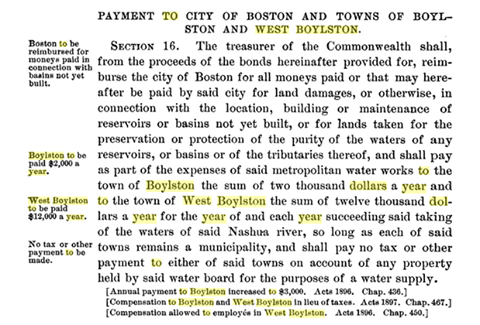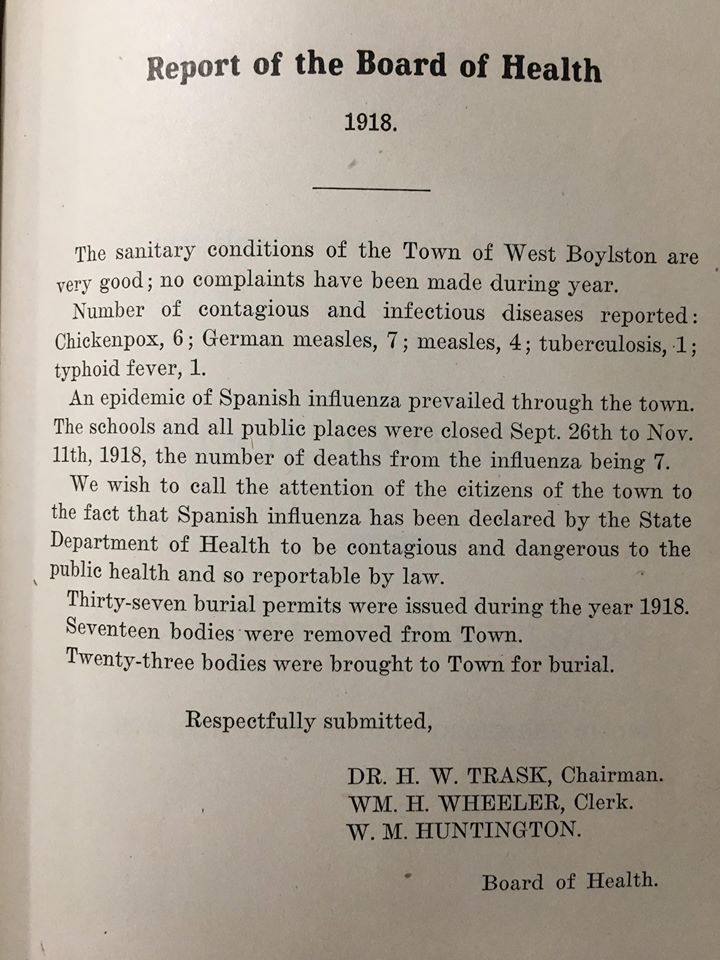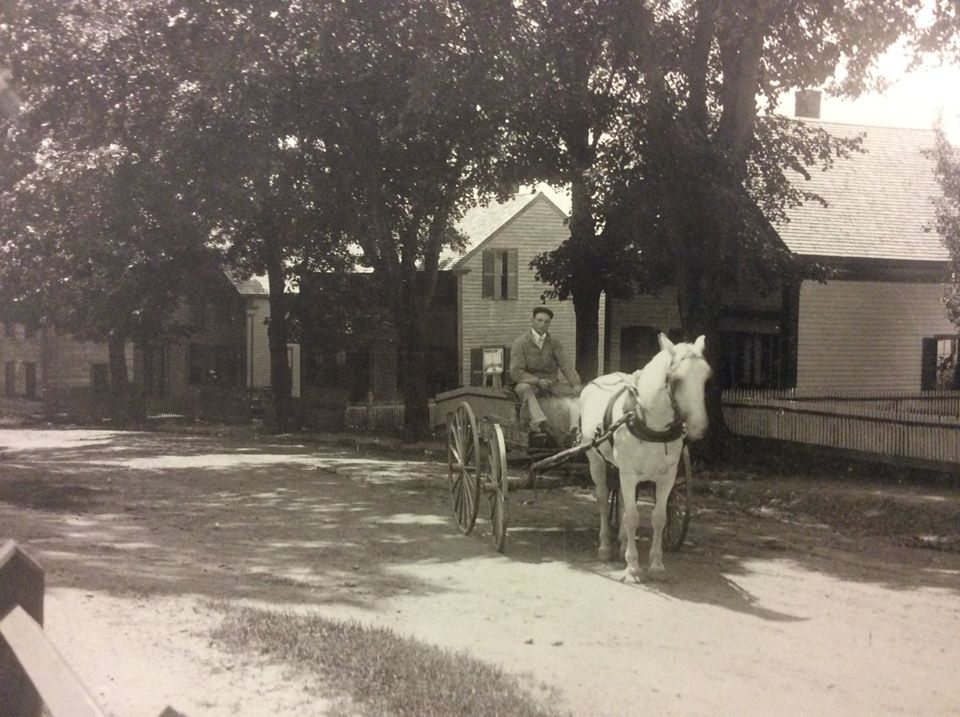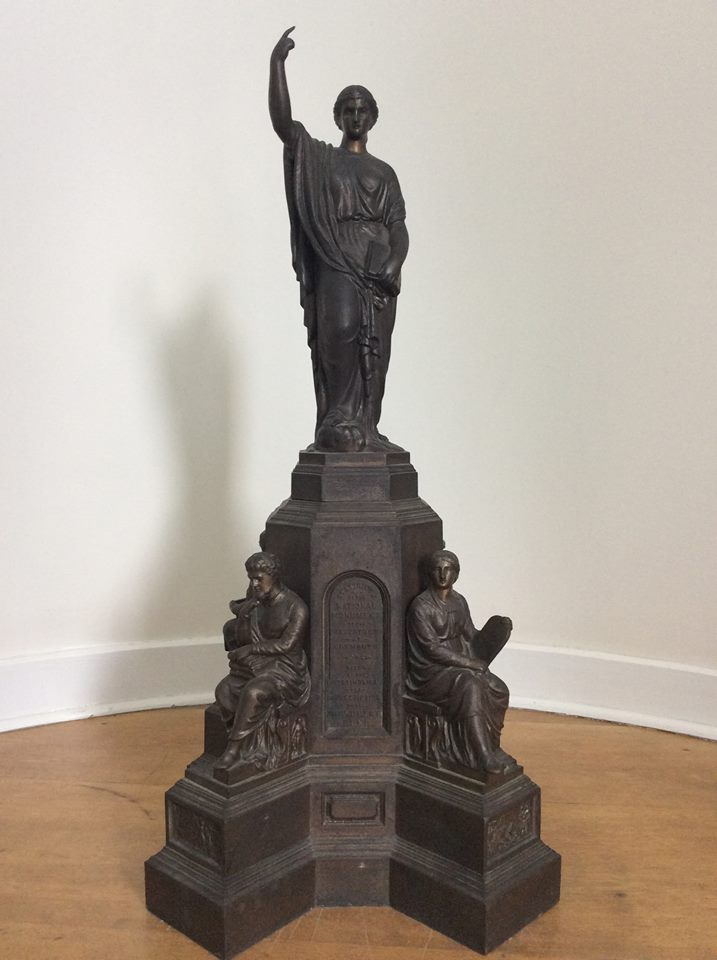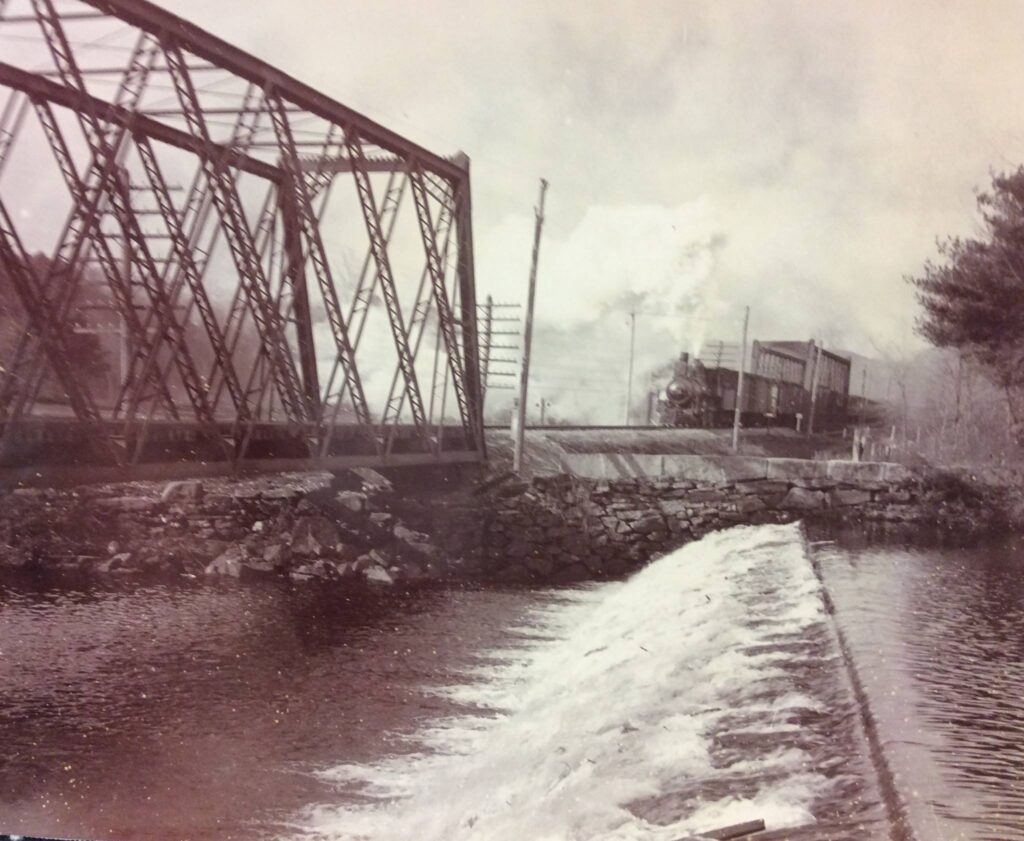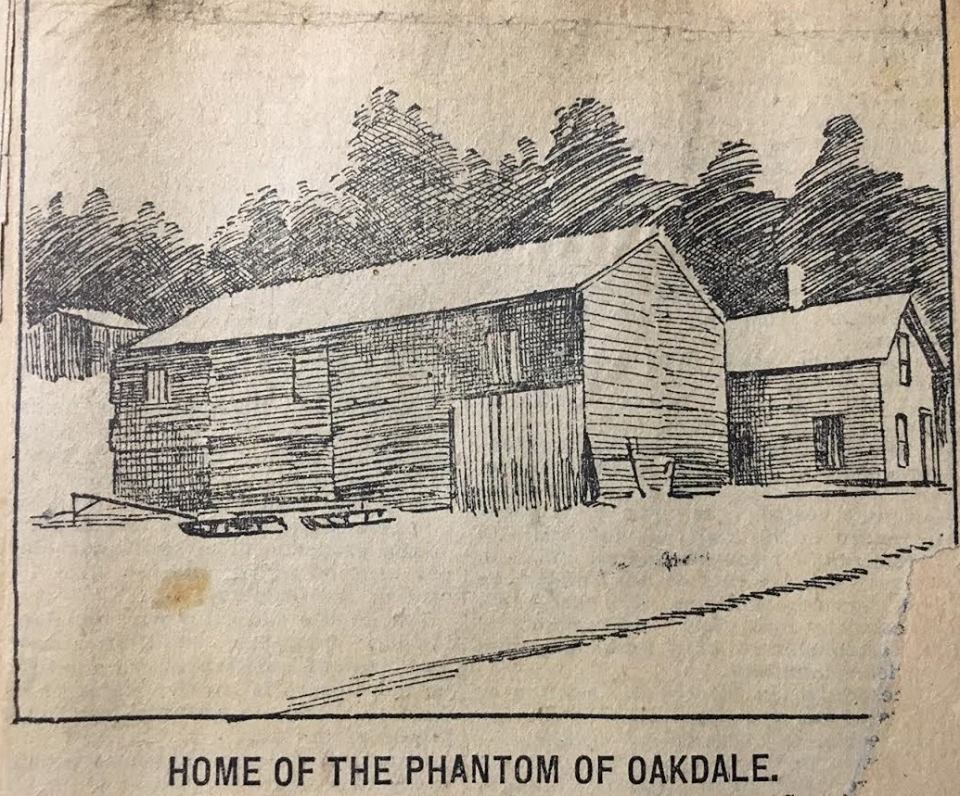News for Independence Day (1905)
“West Boylston, July 4th, 1905 – There was more noise in West Boylston today than for many years. No accidents were reported.” It is very nice to see an accident-free news article for such an important holiday!
Read MoreFederalists (1810)
If you’ve seen the musical Hamilton (or have listened to the soundtrack on unending repeat and have only dreamed of seeing it live), you probably know a little about the early conflict between the Federalists and the Anti-Federalists. Put simply, the Federalists supported a strong central government and nationalized banks, services, etc., while their opponents…
Read MoreManufacturing Meeting (1815)
Looking through historical texts and newspapers in our Local History Room can often be challenging. A lot of the time, you’re looking for something exciting to jump out at you—a famous person visiting town or, even, a catastrophe which forever changed the face of West Boylston. But part of studying history is learning to love…
Read MoreWater Board Report (1897)
The construction of the reservoir in the 1890s and early 1900s took a toll on West Boylston and, to a lesser extent, our neighboring communities. Mills and homes were torn down or else bought and moved to other parts of the state. Some of these displaced houses sold for anywhere from $5 to a whopping…
Read MoreBoard of Health 1918-1919
From 1918 to 1919, a powerful strain of influenza, commonly known as Spanish Influenza, killed approximately 60 million people worldwide. The flu was unusual because it killed previously healthy people in their 20s-40s within hours or days, whereas normal strains of influenza mostly kill the elderly, the very young, or people with previous conditions. In…
Read MoreTown Life Before the Reservoir (1800’s)
Here are some cool pictures of West Boylston before the reservoir. First, a man drives a horse-drawn cart up a dirt road. The description attached to the photo is “Driving Up From the Valley.” The valley housed many of West Boylston’s businesses, mills, and houses; now, of course, it is the Wachusett Reservoir. Though this…
Read MoreThen and Now (date not known)
Have you ever looked around West Boylston and wondered, “What did this look like 100 years ago?” In some places, it looks relatively the same. For example, take a look at the “Then & Now” photo below of the fill near the Old Stone Church. One is a photo from only a few years after…
Read MoreStatues (1800’s)
The south entrance of the Beaman Memorial Library houses two beautiful bronze statues. The Rawsons received “La travail” as a wedding gift in 1888 from Eli Holbrook, a local mill owner, grandfather to George Rawson, and a prominent resident of town. Then, years later, in 1943, Mrs. Rawson donated the statues to the library. The…
Read MoreRailroads (1890’s)
In the 19th century, the railroad played a critical role in West Boylston’s economy. Trains transported goods in and out to the local store, they brought people to work in the town’s factories and mills, and they provided a fast, efficient transport system to connect the little town to the rest of the state. The…
Read MoreOakdale Hauntings (1899)
A series of eerie hauntings plagued the village of Oakdale in 1899. Three woodchoppers who lived together in a shabby barn begged the sheriff for help after a spirit began terrorizing them in the dead of night. They believed the ghost was that of Fett Gilman, a thief who died two years prior, months before…
Read More